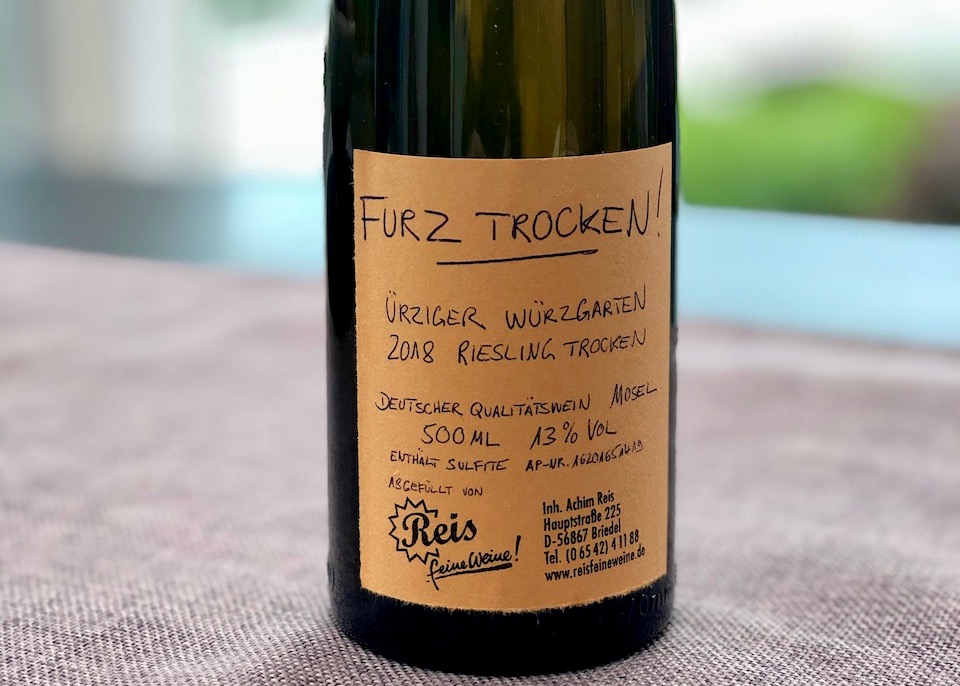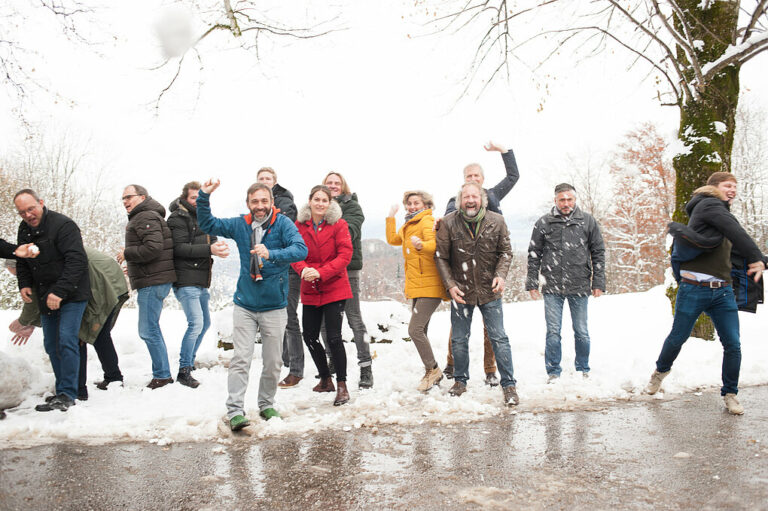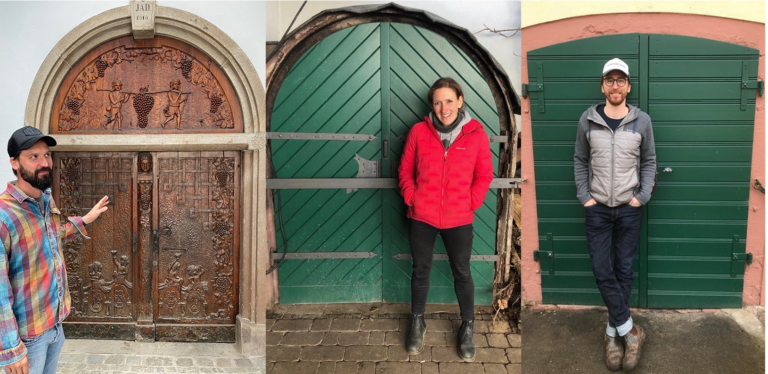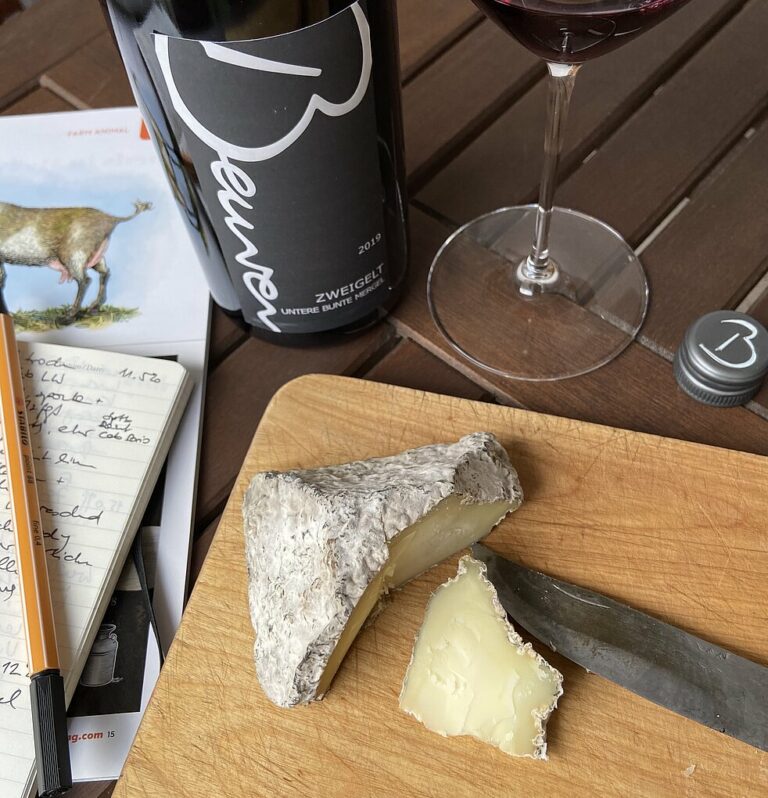What’s German for Drier Than Dry? Furztrocken, of course

The dark wit of Berlin. Dangerously low water levels in the Rhine River. Black bread. Germany does trocken like few others. And then there’s the wine. Despite its reputation as the land of Blue Nun, more than 60 percent of the wines made in Germany are dry. And within that 60 percent, there are discernible levels of dry, drier, and driest. So dry, in fact, that there’s a strangely specific word for it. (Of course there’s a word. It’s Germany. There’s always a word.)
Furztrocken. Fart Dry. Literally.
As difficult to grasp as I find a term like feinherb, it’s Kinderspiel when compared to furztrocken. Then again, mindset is everything. In English, we lazily circle our subject, adding adjectives according to aesthetic and whim. German seizes upon the essential elements and conscripts them into non-socially distanced lockdown. The result is often a uniquely singular image, bringing together nonsensical ideas that when taken together do indeed make sense, such as “fart dry.” A furztrocken wine is drier than bone dry. So dry, in fact, that it seemingly changes states and defies moisture, leaving little more than dust in the proverbial wind.
In the U.S., Riesling has a bad rap for being “too sweet.” Along with its difficult nomenclature and excess of umlauts, sugar is German Riesling’s unfortunate cross to bear. But it doesn’t have to be. Germany’s multiple levels of dry make it truly confounding as to why Americans focus so much on sweetness. The International Riesling Foundation Sweetness Scale, introduced in 2007 by American wine critic Dan Berger, was created “to help our customers choose between the many different levels of sweetness the Riesling grape has to offer.” Maybe it’s all simpler than that. Maybe just hassle your importer or retailer to start carrying the Fart Dry wines.
While colloquially sometimes used to describe agriculture, furztrocken is more commonly considered a gustatory evaluation of anything from schnitzel to cake. Furztrocken’s home has regional roots. In this case, south of Germany’s equivalent of the Mason-Dixon line, the Rhine River, where it crosses through the cities of Frankfurt and the great wine capital of Mainz. But furztrocken wines exist throughout Germany.
Unlike most everything else in Germany, furztrocken is not a number. It’s a state of mind. For winemaker Achim Reis of the low-fi, family estate Weingut Reis in Germany’s Mosel valley, it reflects a determination to challenge the stereotypes by showing that sweetness isn’t the only game in town. No question, it would be easy to produce the sort of delicate, butterfly-styled rieslings for which his region is known. But with half of his vineyards located in the steep Mosel hills, easy is not in this vintner’s blood. Reis’s, anything but easy, 2018 Ürziger Würzgarten Riesling trocken is grown on old vines in the renowned vineyard known far more for sugar and spice.
His very serious Furztrocken opens with a thrilling concentration of smoky Riesling fruit. Stone and spice set the pace for an edgy, earthy and grippy adventure while a mouthwatering minerality and deep complexity assure that one never loses focus. It is demanding and fresh in every sense of the word, channeling the intense challenge of the vineyard into the bottle. Fully fermented, without an ounce of sugar and raised in neutral oak, this is not the gauzy, whimsical Mosel of fairytale enchantments and sweet Riesling dreams. This is Furztrocken.
There are, of course, other more socially acceptable ways to talk about dry when it comes to German wine. In the wine growing region of Franken, a gentleman’s agreement decrees that only dry wines under 4 grams of residual sugar per liter (the rest of Germany can legally reach 9 grams per liter) are allowed to be called “Fränkisch trocken.” By removing all sugar, one is left with a purity of earth and spice, a paucity of fruit. It can reflect a stony austerity of both people and landscape. Fränkisch trocken takes a pragmatic approach that pairs better with bread and bratwurst, cabbage and potatoes, than more delicate fare. Sold in squat, no-nonsense flasks called Bocksbeutel, at first glance they look like they’d sit better on your hip than on a white-clothed table.
A furztrocken wine is so dry that it defies all moisture, leaving little more than dust in the proverbial wind.
These wines are as much about what is not said than about what is, a liquid representation of stony silence. I appreciate this. As the mother of three boys, I understand the untapped power of a long and silent stare. I lack the bandwidth for frills and fancy. As an American living in Germany, “fart” counts among the first German words I learned — somewhere between “please” and “I’ll have another.”
If the best of wines reflect the culture, then it only makes sense that the wines are as dry as the humor. There’s an old saying: What grows together goes together. It’s intended for food pairing, but perhaps there’s more to it than just that. Furztrocken wines are certainly ones to open when it’s time to — wait for it — cut the cheese.
A version of this text originally appeared on “Planet of the Grapes,” and is reprinted here with the author’s permission.






